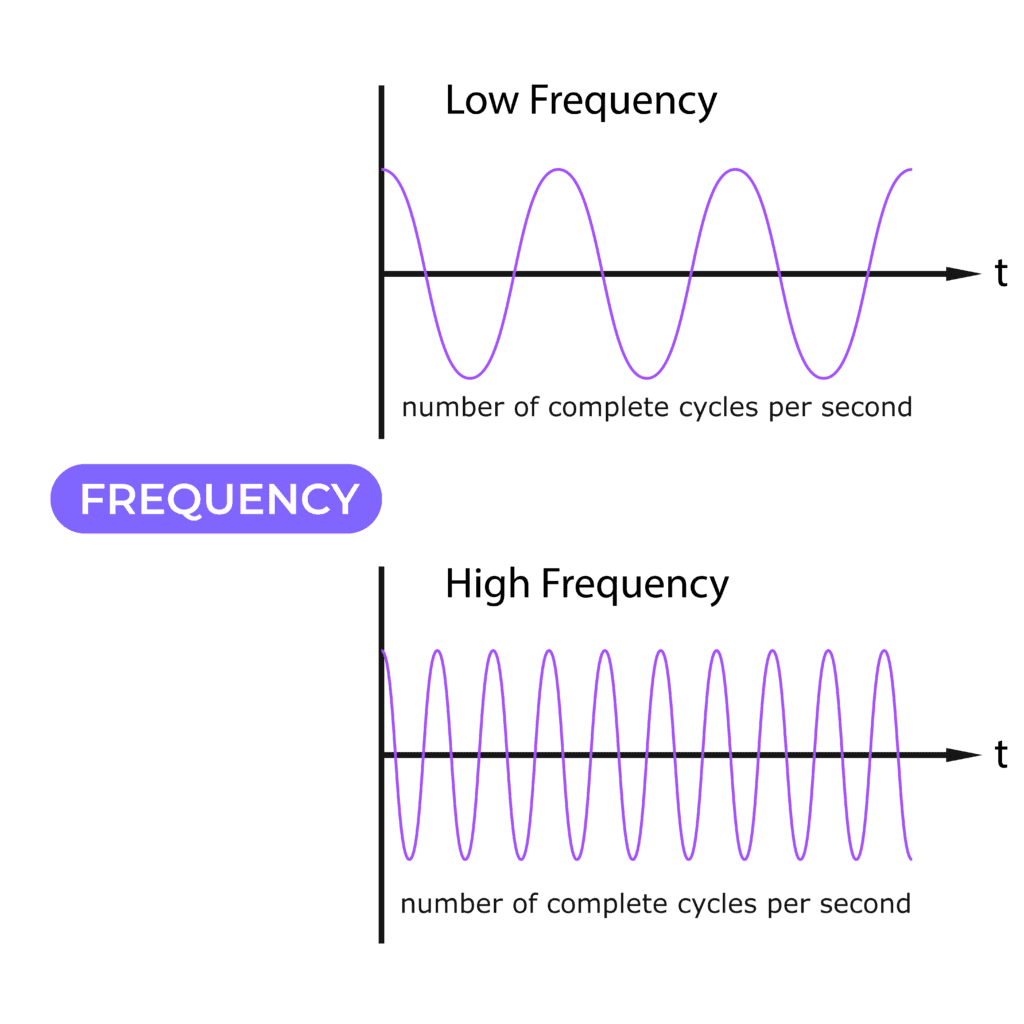Debunking the Confusion: Understanding Microcurrent – Frequency, Microamps, and Waveforms
In the world of skincare, microcurrent facial devices have gained significant popularity for their potential to rejuvenate and tone the skin. However, there seems to be some confusion surrounding the terms microcurrent, frequency (Hz), and microamps (µA). In this blog post, we aim to clarify these concepts and debunk the misconceptions surrounding them. So, let’s dive right in!
Thank you for reading this post, don't forget to subscribe! MicrocurrentIs a low-level electrical current that mimics the body’s natural electrical signals. It has been used in various medical and cosmetic treatments for decades. When applied to the facial muscles, microcurrent stimulates them, resulting in a toning and lifting effect. Contrary to popular belief, microcurrent has nothing to do with frequency (Hz) or the rate at which the current oscillates.
Frequency (Hz)Frequency, measured in Hertz (Hz), refers to the number of complete cycles per second that an electrical current completes. However, it is crucial to understand that frequency and microcurrent are two distinct parameters. Microcurrent facial devices for at-home operate at a fixed frequency, typically in the range of 8 Hz to 50 Hz. Mojia Boost .3 and Pro Lift deliver 0.3 Hz -10 Hz respectively, which is significantly lower than the frequencies used in other electrical treatments. The focus of microcurrent lies in the intensity (µA) and waveform, rather than the frequency.
The Misconception: Higher Current ≠ Higher Frequency.One common misconception is that the higher the current, the higher the frequency. This is entirely false. While microcurrent devices may offer adjustable current (µA) levels, it has no correlation with the frequency. In fact, the frequency remains constant, regardless of the current strength. So, when choosing a microcurrent facial device, remember that the current intensity (µA) does not influence the frequency of the electrical pulses.

The Circulating Time of a Microcurrent Waveform: Frequency, in the context of microcurrent, refers to the number of times a microcurrent waveform cycles per second. It plays a pivotal role in determining the depth of penetration and the energy delivered to the skin during a treatment session. The higher the frequency, the weaker the penetration energy, while a lower frequency yields stronger penetration energy.
Depth of PenetrationThe depth of penetration refers to how far the microcurrent can reach into the layers of the skin. As mentioned earlier, the frequency (Hz) used during a treatment session directly influences the depth of penetration. Higher frequencies are known to have a shallower penetration, primarily affecting the outer layers of the skin. Conversely, lower frequencies can penetrate deeper, targeting the underlying tissues and muscles.
Ideal Frequencies for Facial RejuvenationTo achieve optimal results in facial rejuvenation, it is essential to select the appropriate frequency. Frequencies below 1Hz are considered ideal for healing and deep facial rejuvenation. These lower frequencies can effectively stimulate collagen production, improve skin texture, and reduce the appearance of fine lines and wrinkles. On the other hand, frequencies around 10Hz are ideal for targeting facial muscles, providing toning and lifting effects.
Microamps (µA)

The Measure of Current Microamps (µA) is the unit used to measure the intensity of microcurrent. It represents one-millionth of an ampere. The microcurrent used in facial treatments typically ranges from 50 to 500 microamps. This low-level current is safe and gentle, allowing for effective facial muscle stimulation without causing discomfort or harm to the skin.
Understanding the Differences: Microcurrent, Frequency, and Microamps: Frequency vs. MicroampsWhile frequency (hz) is a crucial factor in determining the depth of penetration and the strength of the microcurrent effect, it is important to note that it is not the same as microamps (µA). Microamps (µA), or the intensity of the electrical current, represent the amount of energy delivered to the skin. It is independent of frequency and can be adjusted separately to cater to individual needs.
Waveform

One of the key advantages of the square wave is its ability to deliver consistent and controlled electrical pulses. The waveform ensures that the current flows evenly and predictably, allowing for precise stimulation of the facial muscles. This reliability is crucial in achieving desired results and avoiding any potential discomfort or adverse reactions.
Furthermore, the square wave possesses a symmetrical pattern, with equal time spent in the positive and negative phases of the waveform. This balance promotes muscle toning and tightening, as it effectively contracts and relaxes the targeted muscles. The symmetrical nature also contributes to an enhanced overall lifting and firming effect on the skin.
ConclusionUnderstanding the differences between frequency, waveform, and microamps in microcurrent facial devices is essential for maximizing the benefits of these innovative skincare tools. This is precisely why the Mojia Pro Lift and Mojia Boost .3 microcurrent devices stand out in the realm of home-use microcurrent devices. The Mojia Pro Lift operates at a frequency of 10hz, making it ideal for working the facial muscles. In contrast, the Boost .3 boasts a much lower frequency of 0.3hz, which is optimal for deep facial rejuvenation.

